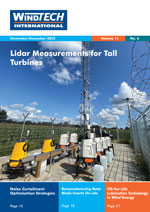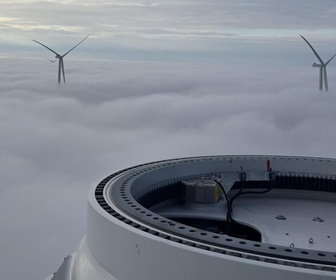Detecting Faults Long Before the Damage
 A key term of Industry 4.0 is ‘predictive maintenance’ – the forecast of damaging events long before they occur. The software company Indalyz Monitoring & Prognostics (IM&P) GmbH, which is based in the city of Halle (Saale) in the German Federal State of Saxony-Anhalt, has developed an innovative predictive maintenance software solution. This software is based on artificially intelligent algorithms that forecast when an individual component of a machine, complex plant or a machine cluster will reach its critical level or even break down. Future malfunctions are predicted long before the damage event occurs. The operator of a facility such as a wind park can thus organise service, material and personnel efficiently, which in turn reduces the operating costs and downtimes.
A key term of Industry 4.0 is ‘predictive maintenance’ – the forecast of damaging events long before they occur. The software company Indalyz Monitoring & Prognostics (IM&P) GmbH, which is based in the city of Halle (Saale) in the German Federal State of Saxony-Anhalt, has developed an innovative predictive maintenance software solution. This software is based on artificially intelligent algorithms that forecast when an individual component of a machine, complex plant or a machine cluster will reach its critical level or even break down. Future malfunctions are predicted long before the damage event occurs. The operator of a facility such as a wind park can thus organise service, material and personnel efficiently, which in turn reduces the operating costs and downtimes.
By Prof. Dr. Michael Schulz (IM&P) and Tanja Ruedinger (Investment and Marketing Corporation Saxony-Anhalt), Germany










